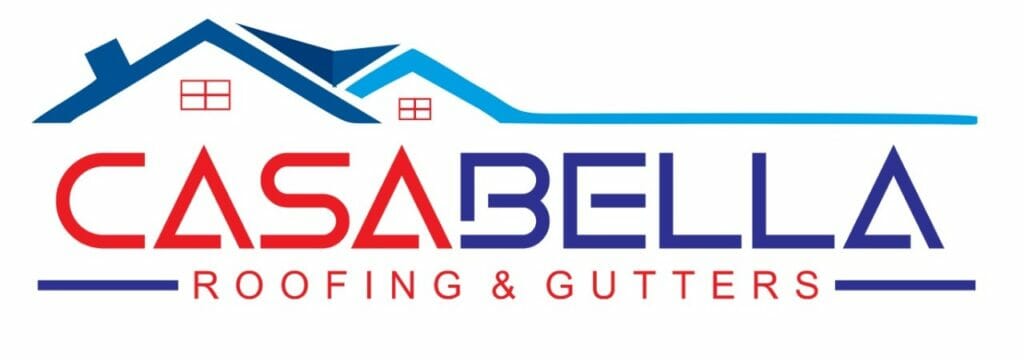As winter approaches in the Seattle area, homeowners face challenges like snow accumulation and ice dams, which can lead to significant roof damage. One effective solution to combat these issues is the installation of a heated roof system. But is this investment right for your home? Let’s explore the benefits, considerations, and local relevance of heated roof systems.
Understanding Heated Roof Systems
A heated roof system utilizes heating elements, such as cables or mats, installed beneath the roofing material to prevent the buildup of snow and ice. These systems are designed to maintain consistent roof temperatures, ensuring that melting snow can drain properly through the gutters, thereby reducing the risk of ice dams and related damage.
Benefits of Installing a Heated Roof System
- Prevents Ice Dams and Snow Accumulation By maintaining a consistent temperature, heated roof systems effectively prevent the formation of ice dams, which can cause water to back up under shingles, leading to leaks and structural damage.
- Reduces Maintenance Efforts Eliminating snow and ice buildup minimizes the need for manual snow removal, reducing labor-intensive maintenance during the winter months.
- Enhances Energy Efficiency By preventing insulation gaps and heat loss associated with ice dams, heated roof systems can contribute to lower energy bills and improved indoor comfort.
- Extends Roof Lifespan Consistent temperature control helps mitigate the freeze-thaw cycles that can degrade roofing materials over time, thereby extending the lifespan of your roof.
Considerations Before Installation
- Initial Investment The cost of installing a heated roof system can be significant, varying based on the size and complexity of your roof. It’s essential to weigh this upfront expense against the potential savings in maintenance and energy costs.
- Energy Consumption While these systems can enhance energy efficiency by preventing heat loss, they do consume electricity. Assessing the net impact on your energy bills is crucial.
- Professional Installation Proper installation is vital to ensure effectiveness and safety. Engaging experienced professionals familiar with Seattle’s building codes and climate conditions is recommended.
Relevance to Seattle Homeowners
Seattle’s climate, characterized by wet winters and occasional snowfall, makes homes susceptible to ice dam formation and related roof damage. Implementing a heated roof system can be particularly beneficial in this region, offering protection against common winter roofing issues and contributing to the overall integrity of your home.
Conclusion
Investing in a heated roof system can be a prudent decision for homeowners in the Seattle area seeking to protect their property from winter-related damage. By preventing ice dams, reducing maintenance efforts, and enhancing energy efficiency, these systems offer a proactive approach to winter-proofing your home. Consulting with local roofing professionals can provide personalized insights into whether a heated roof system aligns with your specific needs and circumstances.


